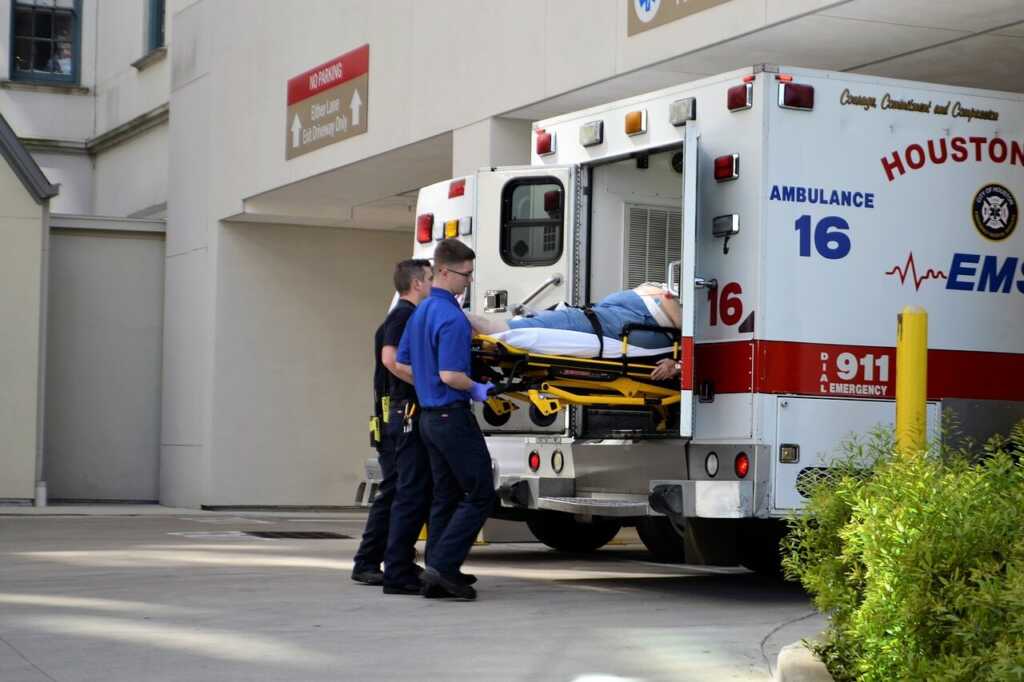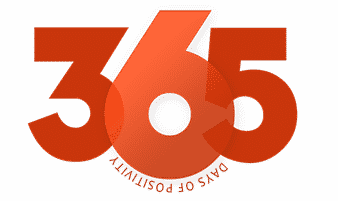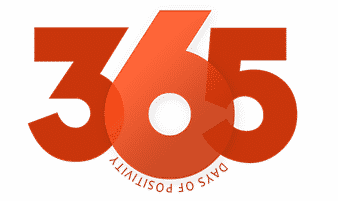Work-related back injuries are a common ailment that affects millions of individuals across various industries. The path from the initial hurt to full healing is often complex and challenging. However, understanding the mechanics of back injuries and implementing effective management strategies can significantly improve recovery outcomes. This blog aims to demystify the intricacies of work-related back injuries and provide valuable insights into the best practices for treating and preventing these painful occurrences, guiding those affected on a journey toward rehabilitation and wellness.

Know Your Claim
When dealing with work-related back injuries, it’s crucial to comprehend the specifics of your workers’ compensation claim. Understanding your rights and the benefits you’re entitled to can be empowering, and it sets the stage for a more controlled and informed recovery process. Claims can range from a l4-l5-s1 workers comp settlement to a temporary disability claim, so researching and conferring with your employer’s HR department or legal counsel can help you better navigate the process. This knowledge allows you to make educated decisions and actively participate in your recovery journey. Just as every injury is unique, so are workers’ compensation claims. A thorough understanding of your claim can provide peace of mind and help alleviate the stress that often accompanies work-related back injuries.
Common Causes
Work-related back injuries can stem from a variety of activities and workplace scenarios. Repetitive motions such as lifting, bending, or twisting are frequent culprits, especially when done improperly or without appropriate equipment. Poor ergonomics at workstations, prolonged sitting, and sedentary lifestyles contribute to the onset of back issues. Incidental accidents, such as slips, trips, and falls, also account for a significant number of back injuries on the job. By recognizing these common causes, employees and employers alike can take proactive steps in injury prevention and create a safer, healthier work environment.
Prevention Strategies
Preventing work-related back injuries is essential for maintaining a safe and productive workplace. Implementing ergonomic solutions can make a dramatic difference—this includes proper desk and chair adjustments, ergonomic keyboards, and mouse devices to minimize strain. Training employees on safe lifting techniques and the use of mechanical aids can also reduce injury risk. Encouraging regular breaks and micro-exercises during the workday can alleviate muscle tension and improve posture. Additionally, creating a culture that prioritizes safety through awareness programs and regular check-ins can enhance overall employee health and prevent back injuries before they occur.
Recognizing Symptoms
Early recognition of back injury symptoms is paramount to preventing more serious complications and starting appropriate treatment. Common signs include persistent aches or stiffness along the spine, and sharp localized pain in the neck, upper or lower back, particularly after lifting heavy objects or engaging in other strenuous activities.
Other indicators may comprise a reduced range of motion, difficulty standing straight without pain, muscle spasms, and occasionally, radiating pain down one or both legs. Individuals need to listen to their bodies and seek medical attention if back pain limits their day-to-day activities, as this may signify a more severe injury requiring professional care. Ignoring these symptoms can exacerbate an injury and protract the healing process.
The Importance of Prompt Reporting
Timely reporting of work-related back injuries is a critical step in the recovery process. Delaying injury reports not only puts your health at risk but can also complicate your workers’ compensation claim. Prompt reporting ensures that the injury is documented accurately and that the appropriate medical treatment can commence immediately.
It also helps preserve the legal rights of the injured employee, as most compensation plans have strict deadlines for reporting injuries. Moreover, it enables employers to address safety concerns in the workplace swiftly, potentially preventing further injuries. It’s important for employees to understand their company’s procedures for reporting injuries and to adhere to them closely for their protection and well-being.
Seeking Immediate Medical Attention
When a work-related back injury occurs, seeking immediate medical attention is vital to safeguard one’s health and the efficacy of treatment. Medical professionals can perform a thorough evaluation to diagnose the extent of the injury and develop a suitable treatment plan. Immediate care not only mitigates the risk of long-term damage but also serves as a formal record of the injury, which is crucial for workers’ compensation claims.
It is essential not to underestimate the severity of back pain, as this could lead to chronic conditions that may impede future employment and quality of life. Prompt medical intervention provides the best chance for a full recovery and ensures that all necessary steps are taken to support both the health of the employee and the integrity of their workers’ compensation claim.

Medical Diagnosis and Assessment
Proper diagnosis and assessment are the cornerstones of effective treatment for work-related back injuries. Typically, the process begins with a comprehensive history-taking and physical examination by a healthcare professional. They may ask questions related to the onset of pain, the nature of the job, and any previous injuries or chronic conditions. During the physical examination, the physician will assess the spine’s range of motion, muscle strength, and reflexes to determine the injury’s impact.
If required, diagnostic imaging tests such as X-rays, MRI scans, or CT scans may be ordered to get a clearer view of the spine’s structure and identify any specific damage like herniated discs or fractures. These images help in confirming the diagnosis and formulating a tailored treatment plan. Additionally, nerve conduction studies or electromyography (EMG) can be performed to evaluate nerve damage.
The outcome of these assessments directs the course of treatment, which may include medication, physical therapy, or in some cases, surgery. It is paramount for patients to be honest and detailed in their communication with medical providers to ensure an accurate diagnosis and an effective recovery plan. Understanding the medical assessment process can also alleviate a patient’s anxiety and assist in setting realistic expectations for their healing and eventual return to work.
Work-related back injuries can be debilitating and challenging to overcome, but with the right knowledge and strategies, full recovery is possible. By knowing their claim, recognizing common causes, implementing prevention strategies, promptly reporting incidents, and seeking immediate medical attention, individuals can mitigate the impact of back injuries on their health and overall well-being. Taking proactive steps toward healing not only benefits the individual but also promotes a safer and healthier work environment for all.





